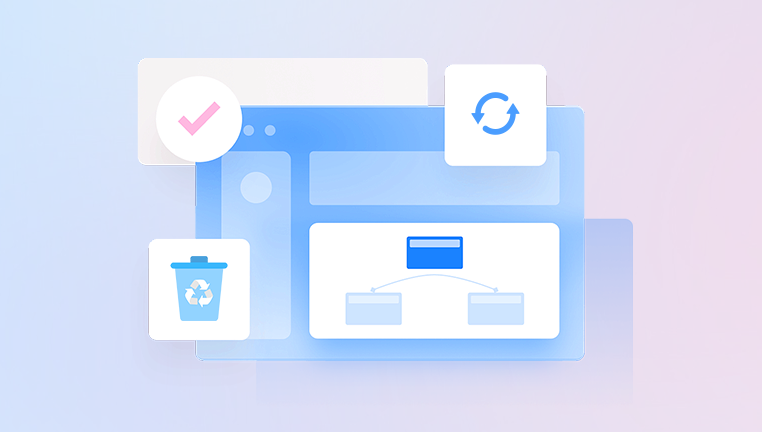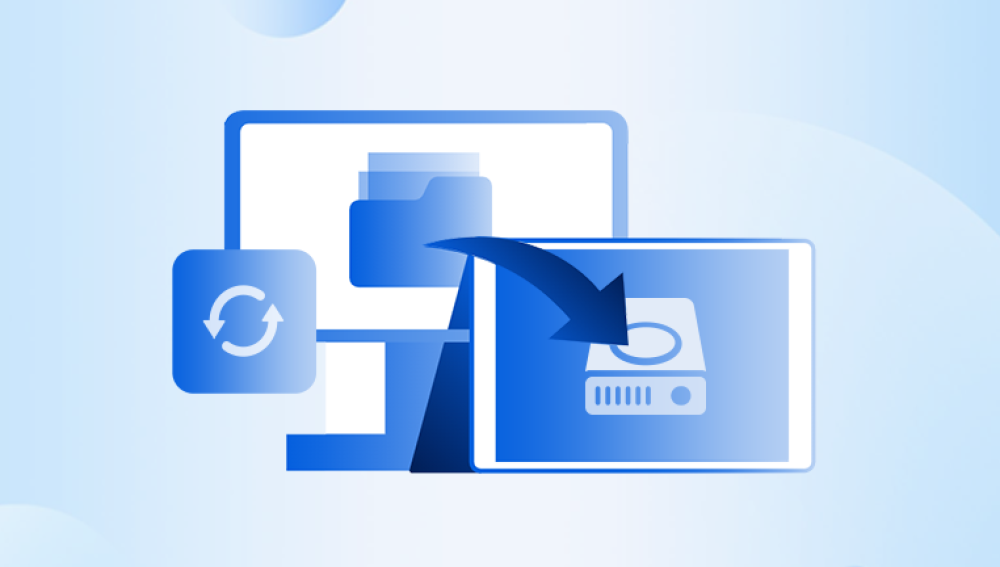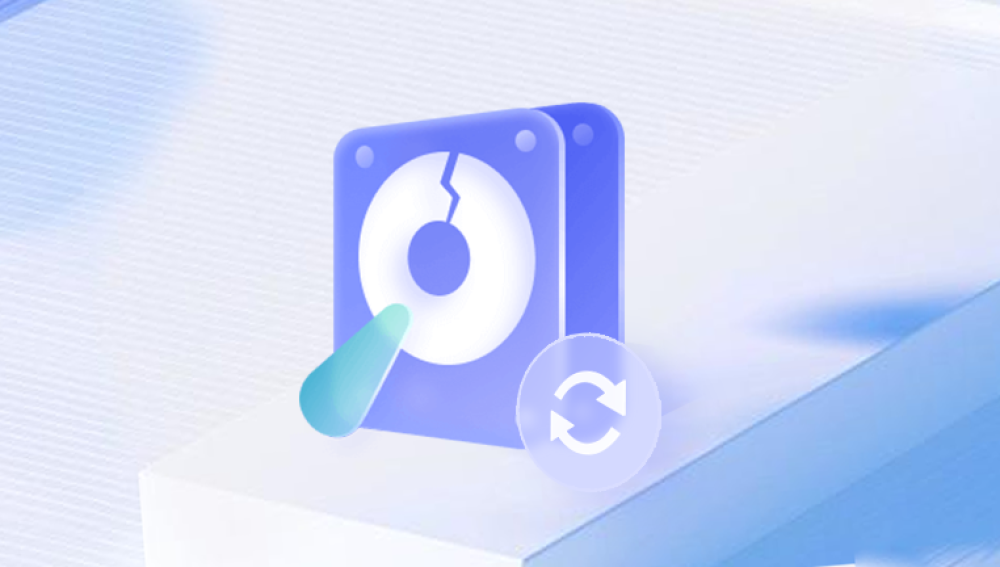Losing data from an external hard drive can be a frustrating experience, especially if those files hold significant value be it precious family photos, crucial work documents, or vital software installations. Fortunately, there are several methods for recovering deleted files from an external hard drive.
When you delete a file from your external hard drive, it doesn't immediately disappear. Instead, the system marks that space as available for new data, making the file invisible to the user. The actual data remains on the drive until it's overwritten by new data. This is an essential concept to grasp as it forms the basis of data recovery.
Types of Deletion
Soft Deletion: Files moved to the Recycle Bin (Windows) or Trash (Mac) can be easily restored by retrieving them from there.
Hard Deletion: Files deleted using the Shift + Delete command or emptied from the Recycle Bin/Trash are hard deleted and require recovery methods to restore.

Step-by-Step Guide to Recovering Deleted Files
Step 1: Check the Recycle Bin/Trash
Before jumping into complex recovery solutions, check your computer's Recycle Bin (Windows) or Trash (Mac):
Open Recycle Bin/Trash: Locate the icon on your desktop or in the Finder.
Search for Deleted Files: Look for the files you want to recover.
Restore: Right-click on the file and select "Restore" (Windows) or drag it back to your desktop (Mac).
Step 2: Stop Using the External Hard Drive
Once you realize files have been deleted, immediately stop using the external hard drive. This will minimize the risk of overwriting any recoverable data.
Step 3: Use Data Recovery Software
If the files are not in the Recycle Bin or Trash, data recovery software is often the best option. Here are some recommended software options:
Drecov Data Recovery is a powerful and user-friendly software designed to help users recover lost or deleted files from various storage devices, including external hard drives, USB drives, and memory cards. Whether you've accidentally deleted important documents, formatted a drive, or experienced data loss due to corruption, Drecov Data Recovery offers a comprehensive solution to retrieve your valuable data.
Key Features:
Advanced Recovery Algorithms: Drecov Data Recovery utilizes cutting-edge algorithms to scan and recover lost files effectively. It can restore various file types, including documents, photos, videos, and more.
User-Friendly Interface: The software boasts an intuitive interface that makes it accessible for both beginners and experienced users. The straightforward navigation allows you to quickly initiate scans and recover files without any technical knowledge.
Preview Functionality: Before recovering files, Drecov Data Recovery allows you to preview them. This feature helps you select the exact files you want to restore, ensuring efficient recovery and saving time.
Deep Scan Option: In addition to quick scans, Panda offers a deep scan option for thorough recovery. This is particularly useful for recovering files from formatted or heavily damaged drives.
Support for Multiple File Systems: The software supports various file systems, including NTFS, FAT32. and exFAT, making it versatile for different storage devices.
Step 4: Using File History (Windows)
If you have enabled File History on your Windows machine, you can restore files from a backup:
Connect the External Hard Drive: Make sure it's connected.
Search for File History: Type "File History" in the Windows search bar.
Restore Personal Files: Click on "Restore personal files."
Browse Previous Versions: Look for your deleted files and restore them.
Step 5: Time Machine (Mac)
If you use a Mac and have Time Machine set up, you can recover files easily:
Connect the External Hard Drive: Ensure it's connected to your Mac.
Open Time Machine: Click the Time Machine icon in the menu bar and choose "Enter Time Machine."
Navigate to the Deleted Files: Use the timeline on the right to find when the files were present.
Restore: Select the files and click "Restore."
Manual Recovery Techniques
If data recovery software isn't successful, you can try some manual methods, although these are less reliable:
Step 1: Check for Backups
Cloud Storage: Check if you have uploaded files to cloud services like Google Drive, Dropbox, or OneDrive.
Local Backups: Look for any manual backups you may have created on other drives or systems.
Step 2: Use Command Prompt (Windows)
Open Command Prompt: Search for "cmd" in the Start menu.
Run CHKDSK: Type chkdsk X: /f (replace X with your drive letter) and hit Enter. This can fix file system errors that might make files appear lost.
Step 3: Check Hidden Files
Open File Explorer: Navigate to your external hard drive.
View Hidden Files: Go to "View" > "Options" > "Change folder and search options." Under the "View" tab, select "Show hidden files, folders, and drives."
Search for Your Files: Look through the directories for any hidden files.
When to Seek Professional Help
If the above methods do not work, it might be time to seek professional data recovery services. This is especially important if:
The drive makes unusual sounds (clicking, beeping).
The drive is not recognized by the system.
The data is crucial and cannot be lost.
Professional recovery can be expensive, but it often yields better results, especially for physically damaged drives.
Preventing Future Data Loss
Regular Backups: Use cloud storage and external drives to back up important files regularly.
Enable File History/Time Machine: Set up automatic backups to ensure you can recover files easily.
Use Reliable Hardware: Invest in high-quality external drives with good reviews.
Safely Eject Drives: Always eject drives properly to prevent corruption.




